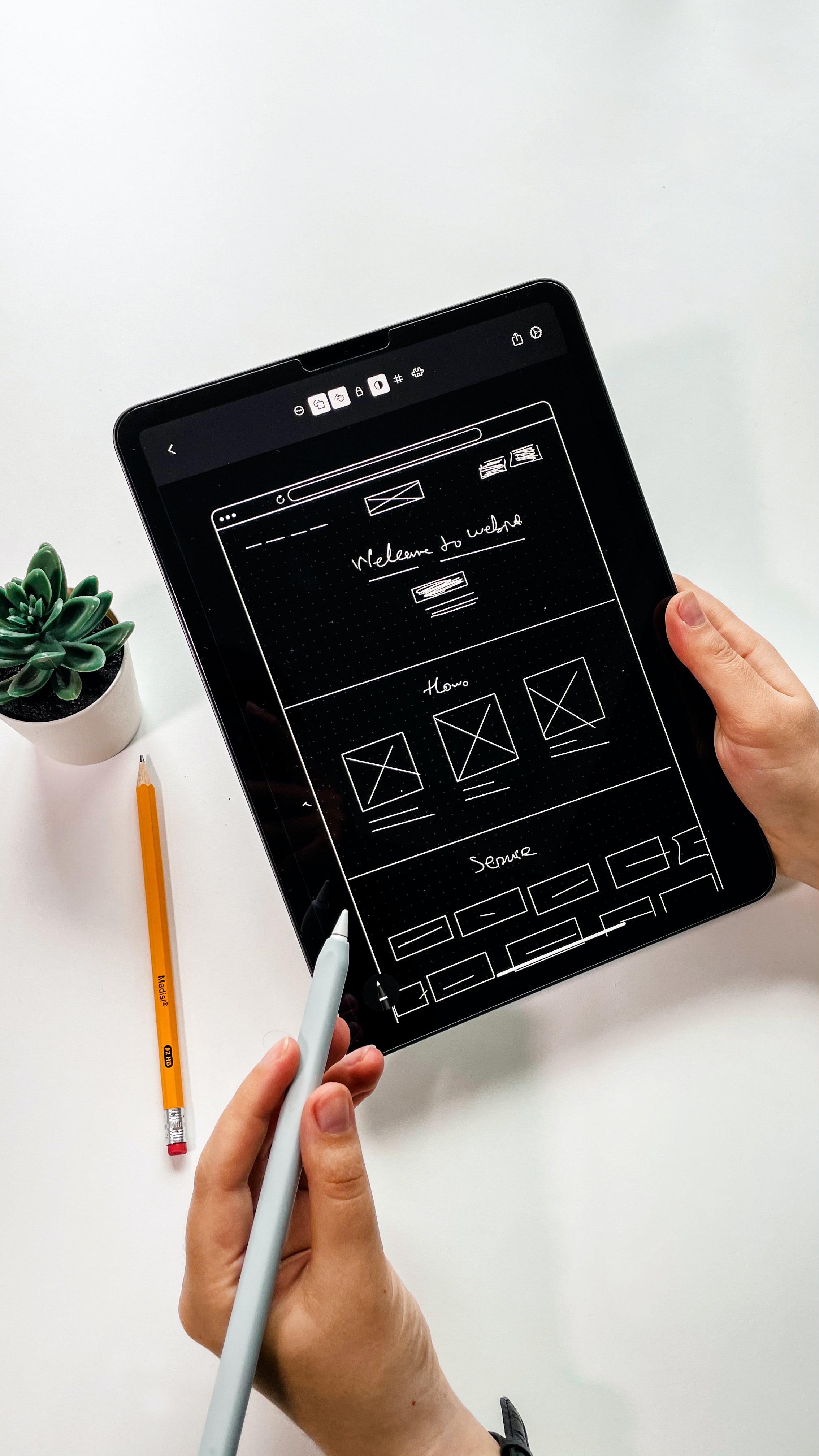Virtual Reality
The possibilities and challenges of designing for VR
Jul 20, 2022
Virtual Reality (VR) is an emerging technology that has the potential to transform the way we interact with digital content. As more and more industries begin to explore the possibilities of VR, designing for this new medium presents a unique set of challenges and opportunities. In this article, we'll explore some of the possibilities and challenges of designing for VR, and how design agencies can create compelling VR experiences that meet user needs.
Possibilities of Designing for VR One of the biggest possibilities of designing for VR is the ability to create immersive experiences that can transport users to new worlds. VR can be used to create virtual tours of buildings, simulate training scenarios, and provide interactive experiences that would otherwise be impossible. By creating immersive VR experiences, design agencies can provide users with a level of engagement and interaction that is not possible with traditional media.
Another possibility of designing for VR is the ability to create new types of user interfaces. In VR, users can interact with digital content in three-dimensional space, using gestures, voice commands, and other forms of input. This opens up new possibilities for designing intuitive, user-friendly interfaces that take advantage of the unique capabilities of VR.
Challenges of Designing for VR Designing for VR also presents a number of challenges. One of the biggest challenges is the need to create experiences that are comfortable and safe for users. VR can cause motion sickness and other types of discomfort if not designed properly. Design agencies must take into account factors such as motion blur, frame rate, and user comfort when designing VR experiences.
Another challenge of designing for VR is the need to optimize performance. VR experiences require high levels of graphical processing power, which can be a challenge on less powerful devices. Design agencies must balance the need for high-quality graphics with the need for performance and compatibility with a wide range of devices.
Creating Compelling VR Experiences To create compelling VR experiences, design agencies must take a user-centric approach to design. This involves understanding user needs and designing experiences that meet those needs in an intuitive, engaging way. Design agencies must also take into account factors such as performance, comfort, and compatibility with a wide range of devices.
In addition to user-centric design, design agencies must also take into account the unique challenges of designing for VR, such as user comfort and performance optimization. By addressing these challenges head-on and taking a proactive approach to design, design agencies can create compelling VR experiences that meet user needs and push the boundaries of what is possible with digital media.
stay in the loop


